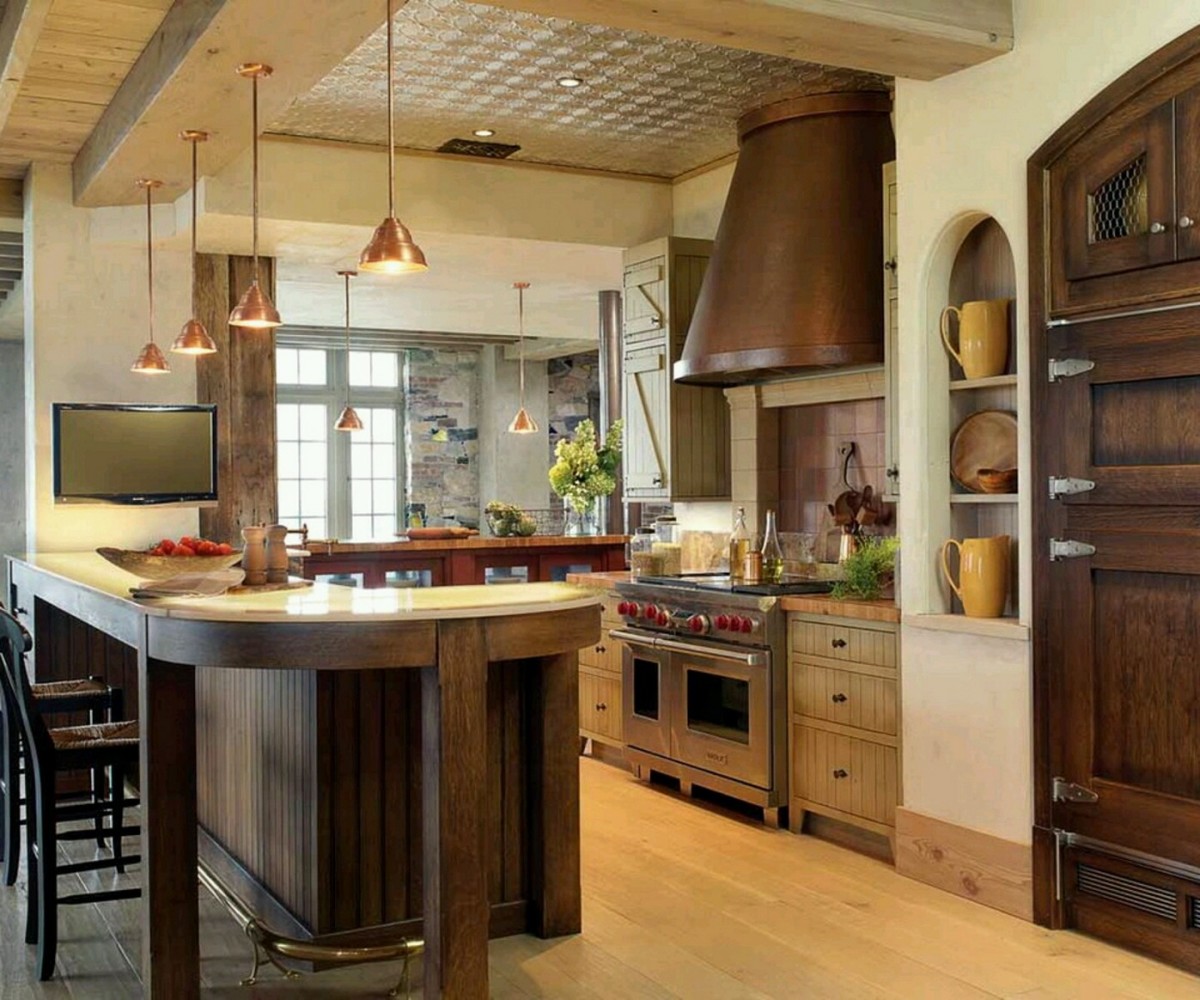


"If we’re able to give clients all the function they need without just getting bigger and bigger, I think that’s good for everybody," she says. "We try to gently guide them toward simpler solutions."įor instance, she recently had a client approach her with a request for a large addition to their home, but the designer realized that reorganizing the existing footprint and incorporating a smaller addition would deliver what the homeowner needed. "We’re finding that most of our clients come to us thinking that they need more space, more storage, more of everything," she says. For Guggenheim, this means eschewing resale dictums and trends, including unnecessary additions. The goal of space planning is to create efficiency. She often asks: "What do you need in your space and how do you move through your life everyday?" "We try to be really thoughtful about how people use their spaces," says Guggenheim. According to the American Institute of Architects, space planning includes blocking out interior spatial areas, defining circulation patterns, and developing plans for furniture layout and equipment placement.īoth Nesen and Guggenheim advise that every interior design project begins with an assessment of a room’s functional deficiencies and how the elements can be manipulated to better fit the people who live there. In the interior design process, "Space planning is first," says Nesen. To find home design nirvana, be sure follow these eight underlying principles. "If you do well," says Nesen, "you can do anything" in your space. We spoke with Nesen, founder of the Portland-based firm Maison, and Jenny Guggenheim, of Guggenheim Architecture and Design Studio, to get their insights into the interior design process. According to designer Joelle Nesen, "there are no rules" when it comes to interior design, but everyone can use a few tips and tricks.


 0 kommentar(er)
0 kommentar(er)
